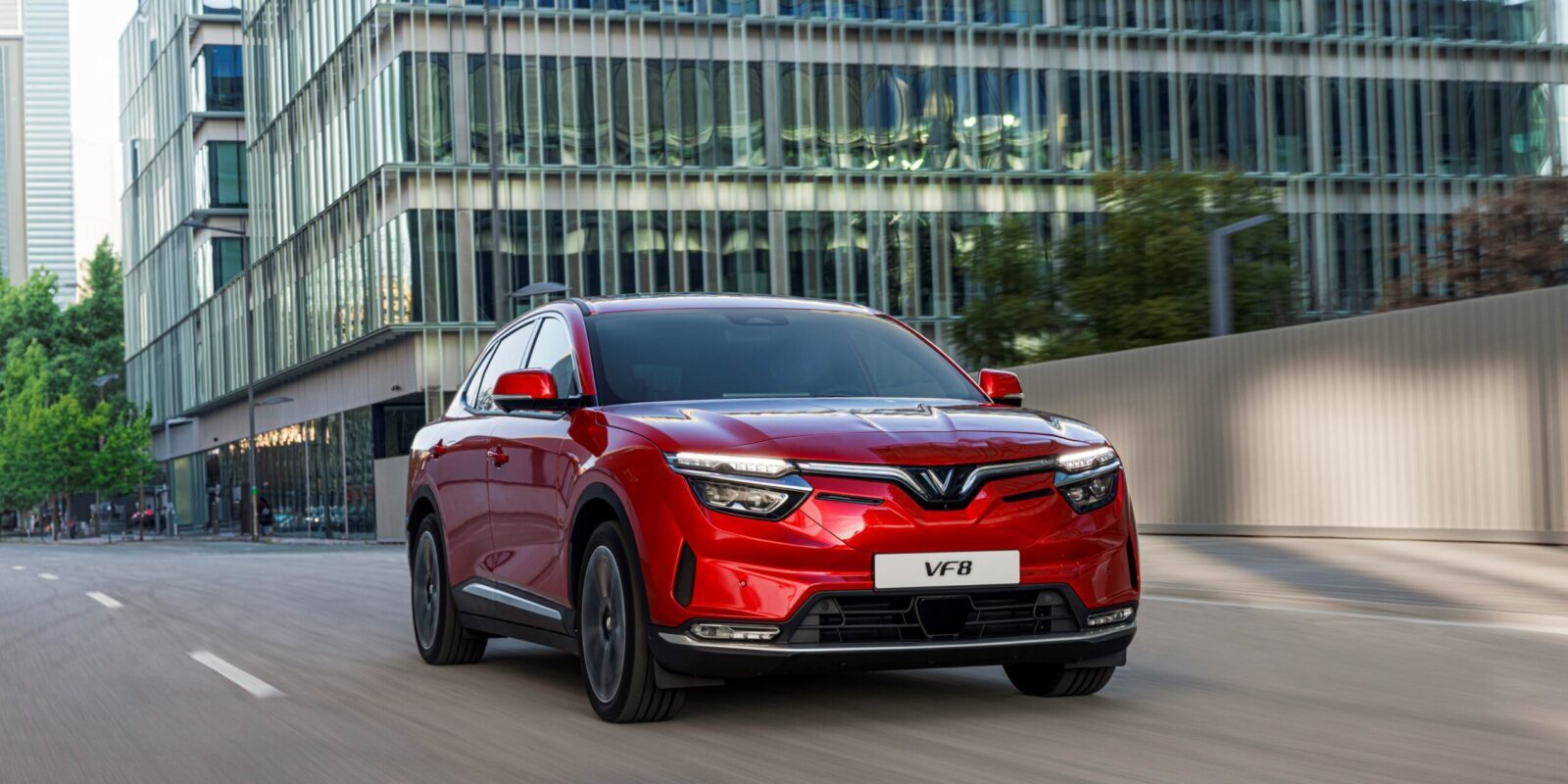Sign up for daily news updates from CleanTechnica on email. Or follow us on Google News!
Every year after the Consumer Electronics Show, we tend to get bombarded with coverage of all sorts of new gizmos and gadgets, many of which aren’t truly needful things, but the companies use the hype cycle to try to convince us that we either can’t live without them, or we could live without them but why should we, because everyone else is buying one. Between the products that are solutions looking for problems and those that are overpromised and underdelivered near-vaporware, it can be hard to suss out what’s good, what’s bad, and what’s just silly based on the rash of press releases surrounding CES.
One of those products (or maybe just a concept? It’s hard to tell these days) is from the up-and-coming portable power company Jackery, and it’s one of those things that just makes you go hmmm…
The Jackery Solar Generator Mars Bot, which garnered not just a CES Innovation Award, but a listing in TIME’s Best Inventions Of 2023, is said to be inspired by the robotic Mars rover Opportunity, and the company describes it as “a game-changer” and a “groundbreaking innovation.” It’s certainly a cool looking little gizmo, and checks all the right boxes — intelligent autonomous navigation, “cutting-edge” sun-tracking capabilities, a “a high-efficiency photoelectric conversion rate,” “sustainable and eco-friendly” off-grid energy source — but is a self-driving solar-powered battery really a good use of materials (and money, of course)?
According to Jackery, the Bot’s folding solar panels have a potential generation capacity of up to 600W of renewable energy, and its solar tracker keeps the panels oriented toward the sun as it moves across the sky during the day, allowing the unit to keep its 5 kWh battery charged.
And that’s all well and good — solar panels with an automated tracker and connected to a battery is certainly a very useful setup — but does it make sense to add a self-driving system to a portable power station? After all, the sun doesn’t move that fast, and it doesn’t move randomly so that we have to constantly be moving solar panels to a completely different orientation, and chances are that objects which might cast a shadow on the panels are likely to stay in the same place all day long. It seems like adding wheels and motors and autonomous navigation to a small solar array is just unnecessary complexity.
I’m sure there are some edge cases out there where this Mars Bot would be a useful addition, but I’m finding it challenging to come up with any that really make sense. Perhaps our readers can help out by suggesting some in the comments.
Have a tip for CleanTechnica? Want to advertise? Want to suggest a guest for our CleanTech Talk podcast? Contact us here.
Our Latest EVObsession Video
I don’t like paywalls. You don’t like paywalls. Who likes paywalls? Here at CleanTechnica, we implemented a limited paywall for a while, but it always felt wrong — and it was always tough to decide what we should put behind there. In theory, your most exclusive and best content goes behind a paywall. But then fewer people read it!! So, we’ve decided to completely nix paywalls here at CleanTechnica. But…
Thank you!
CleanTechnica uses affiliate links. See our policy here.




